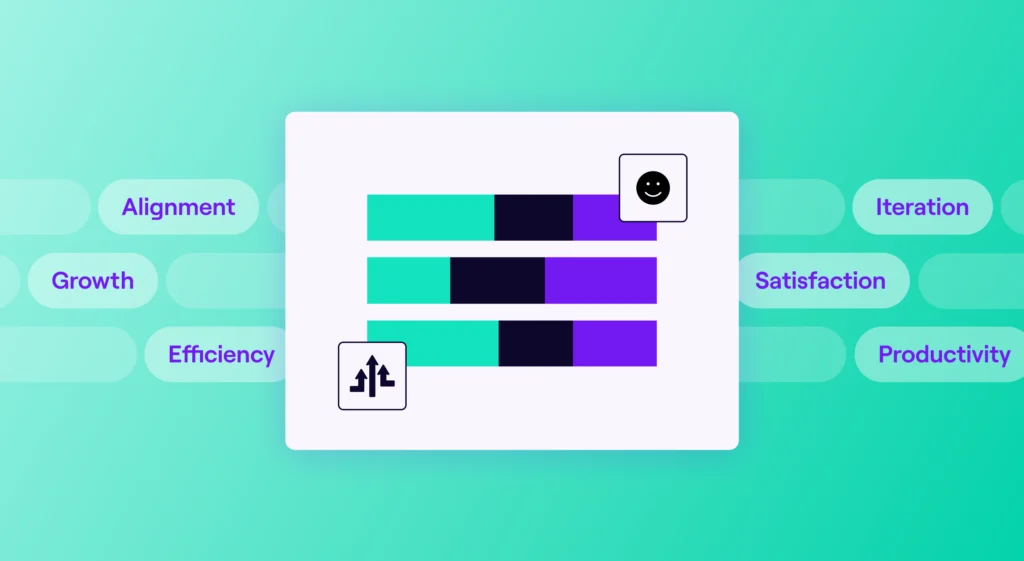For the past few years, companies in the U.S. and around the world have gone through phases of talking about bias — how both conscious and unconscious biases shape the way we work together and the way we build our products. Many organizations announced ambitious initiatives to root out bias in their operations and invest in diversity, equity, and inclusion (DE&I).
But more recently, we’ve seen the unfortunate difference between talking about bias and doing something about bias. Companies have responded to the current economic pressures by disproportionately cutting DE&I roles and people in marginalized groups. While DE&I once dominated the conversation among American startups, we’re now hearing more about efficiency and fiscal responsibility.
It’s well past time for organizations to move from words to actions. Reducing bias makes our teams better — more well-rounded, more innovative, and more aware of potential opportunities. Budget cuts shouldn’t be an acceptable reason to pause that progress.
We know data isn’t neutral. So how can you and your teams use data to see, interrogate, and reduce bias? Here are a few things to keep in mind.
What bias can mean for an engineering team
We all come to the table with our own biases. The biases that drove companies to launch DE&I programs are those based on our identities — e.g., age, gender, race, sexual orientation — and it’s critical to start by addressing these. The pieces that can be overlooked in how we think about bias are the factors that aren’t identity-based yet can also affect business decision-making. The way you run your teams and companies is impacted by these biases too:
- Leaders become attached to their own ideas and initiatives, and they often make biased decisions in favor of their pet projects even when the data shows they should change gears.
- Executives who saw a specific tactic work at a previous organization will frequently favor that approach in a new role, even when the conditions are different and it’s not a good fit.
- Both leaders and peers alike are often biased towards the opinions of the most outgoing, popular people in the room. As a result, we overlook the potential contributions of other employees who may be more creative but less outspoken. Over time, these shy performers will see less praise and less opportunity even if they have more to offer.
These two wide domains of biases — identity-based, stemming from stereotypes and group behaviors; and experience-based, where we’re making product decisions based on personal experience — can both have a negative impact on an engineering organization. Biased decisions of both types lead to weakened trust, and biases cause leaders and teams to spend time in areas that are costly and unproductive. Biases elevate less impressive ideas and less impressive people, and it all adds up to a measurable drag on the business and its balance sheet.
Using data to counter bias
At a fundamental level, engineering organizations should be using data to test and evaluate ideas. Rooting this process in data allows you to build the habit of looking more directly at bias and reducing its underlying impact on your operations.
Once you get in the mindset of creating thoughtful and objective measures to interrogate decisions and reduce bias, you can apply these techniques to improve both company cultures and overall business performance.
The more diverse your organization in terms of identity and lived experience, the more varied your idea set will be. The more you can expand your idea set, the more likely you are to hit on the innovations that will drive your company forward.
What are some ways engineering leaders can use data to address biases? First, they can use it to evaluate individual performance and inform career progression. Second, they can apply it to product strategies and use it to game out different planning scenarios.
- Applying data to your teams and people: Engineers aren’t salespeople. More often than not, they’re not going to brag about their own work or productivity. Data can help you to identify your top contributors and the areas in which they’re shining. Take the time to sort through proposed code changes, code reviews and documentation efforts — that data could reveal some quiet star performers who would otherwise have gone unrecognized. Over time, this data will also help you to understand which employees are learning and growing. Context is key: while some developers might be completing fewer issues, that could be because they’re the first to take on the thorniest, most time-consuming pieces of code.
Looking at these metrics helps to reveal who is doing the unglamorous work that’s propelling the organization forward. Code reviews are only going to become more important in the age of Copilot and generative AI — identifying your code review superstars will allow you to better organize your team for the future. - Applying data to ideas and strategies: When you have two competing ideas for a new feature or solution, data can help you remove emotion and personality from the equation. Simple A/B testing and usage data will help you understand which idea your customers prefer. I’ve seen firsthand how A/B tests have flipped our expectations upside down and helped my team rethink how users were experiencing our product.
Data can also help engineering leaders determine how to allocate their engineering resources, enabling them to project the impact on different initiatives and timelines. How many developers will it take to release this feature within six weeks? What scope does that leave remaining for our other projects? This data makes it possible for engineering leaders to align their efforts with the priorities of the business while maintaining a firm grasp on the reality of what’s achievable and what isn’t.
Getting in the habit of looking at data with a critical eye allows you to interrogate the different stories we tell with data, both to ourselves and when we present a data-backed approach to others. Looking at your data, your hypotheses, and your approach, and offering them up for feedback and critique whenever possible, are the only ways that you and your teams will be able to improve together. The best ideas don’t emerge in a vacuum — they’re the result of transparency, collaboration and ideation. Open your data up to the entire team and watch how teamwork flourishes and good ideas rise to the top.
Why it matters
We should be committed to eliminating bias because it’s the right thing to do, but recent history has shown that morals and ethics aren’t enough to drive long-term change. We need to realize that misguided, biased decision-making has a clear and immediate business impact. Biased thinking leads us to misuse our resources and miss opportunities for growth and innovation. When we head down the wrong path because of our prejudices or personal preferences, we put our companies at risk of being overtaken by more rational, data-driven, proactive competitors.
When organizations see DE&I programs as only impacting human relations or company culture, they ignore the very real risk that our biases will do real and lasting damage to the business itself. Committing to data-backed decision-making can help us to correct long-standing inequality while at the same time building a more efficient, sustainable business.






